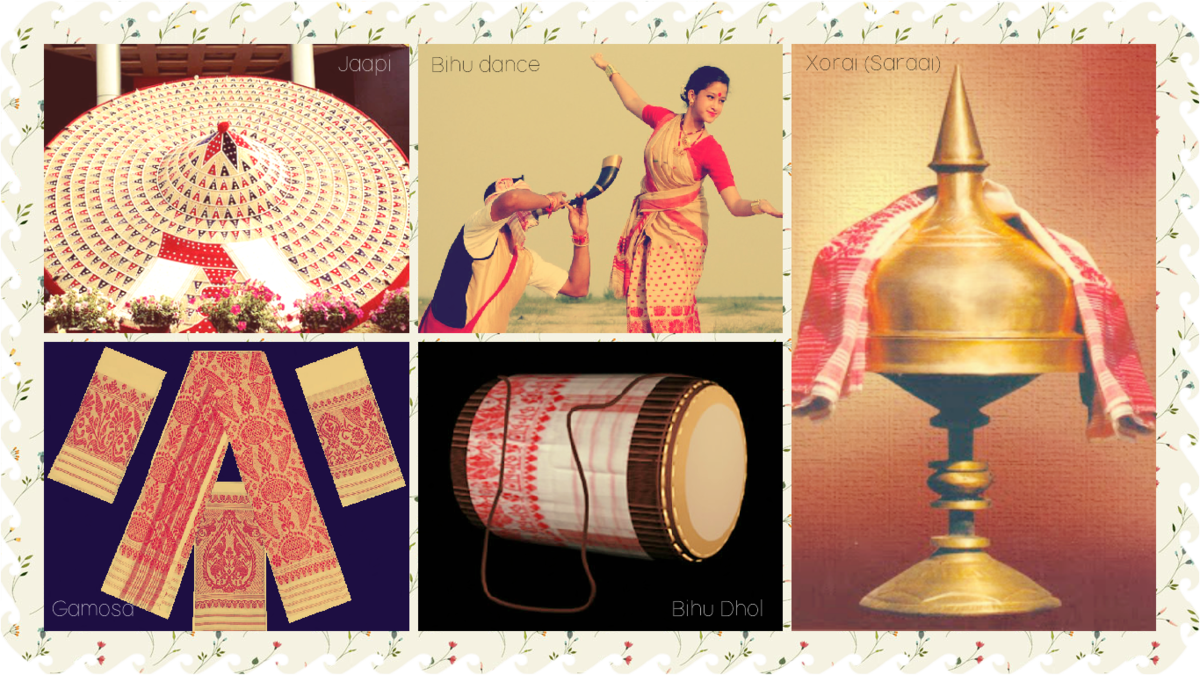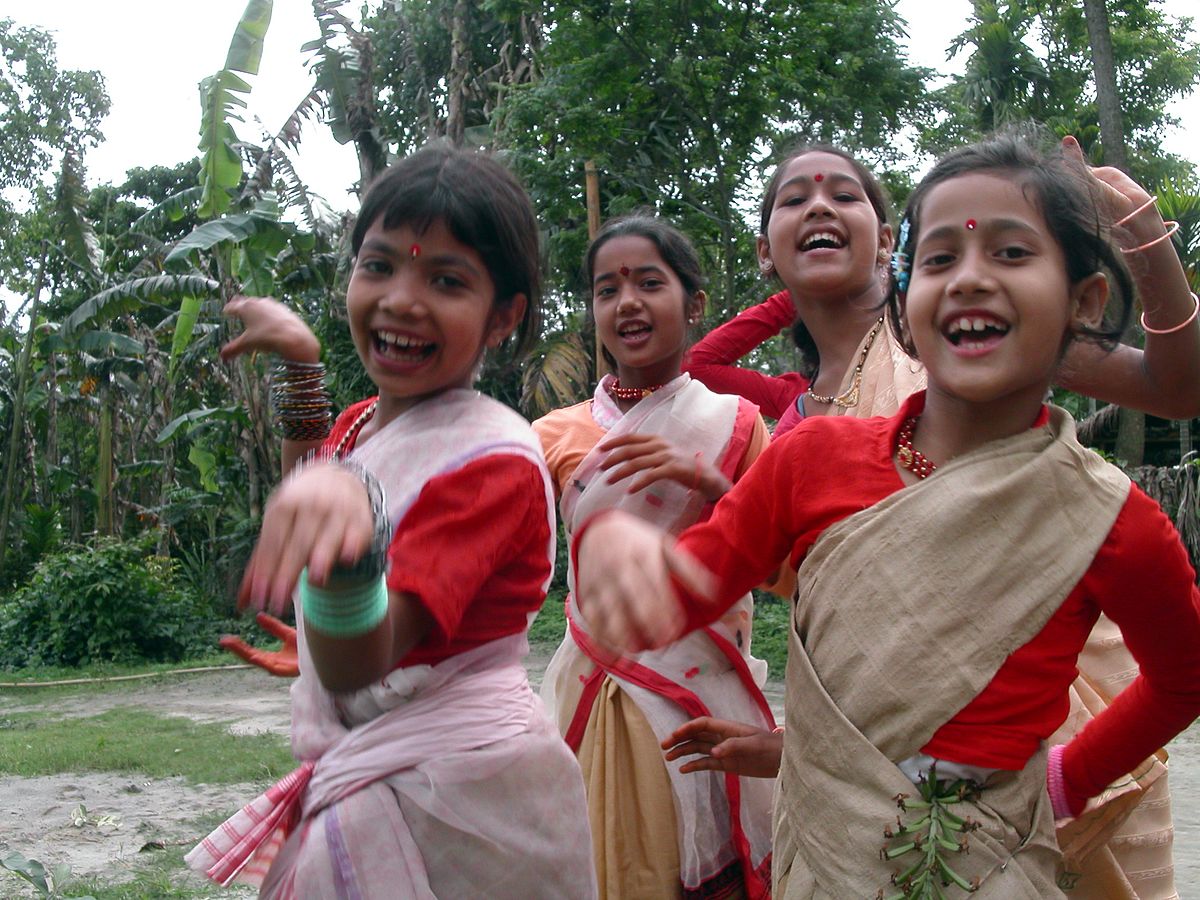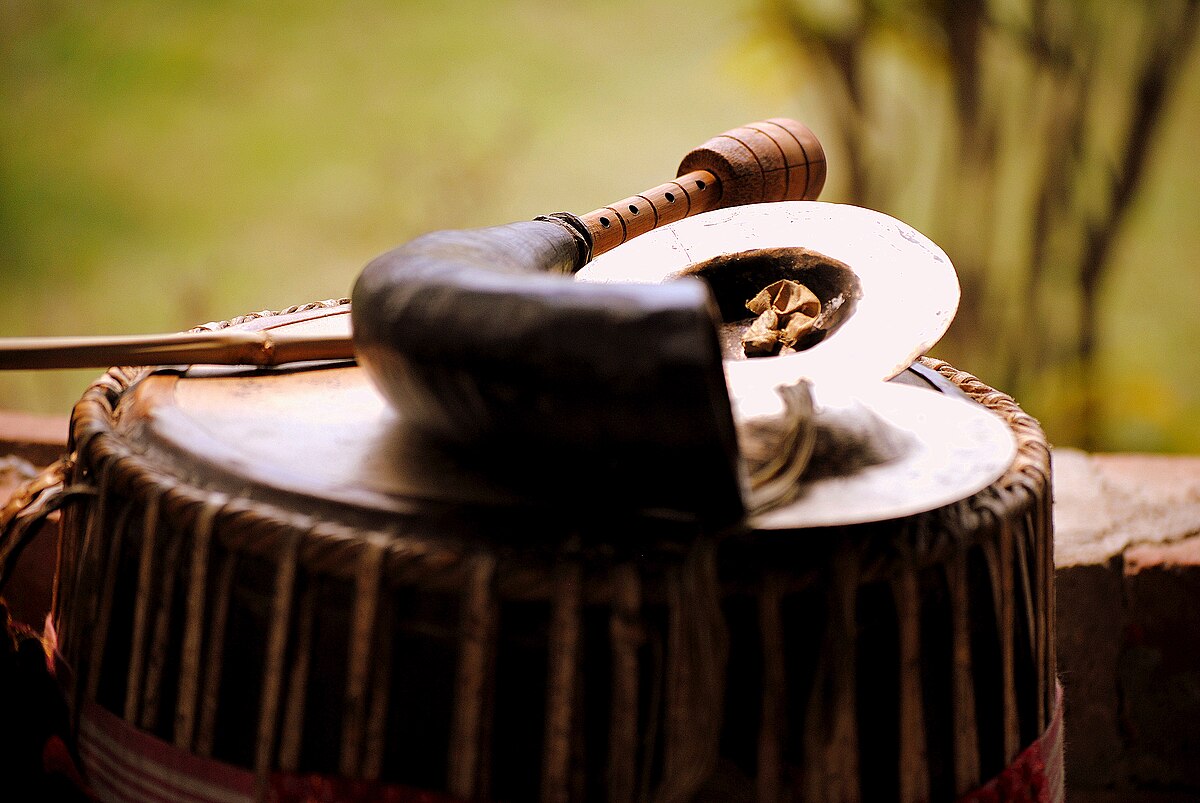Description
This is a traditional spice mix of Kolhapur. We Kolhapuris (आम्ही कोल्हापुरी) cannot cook without this spice mix. This mixture contains most of the spices used
in Indian cuisine and one need not add anything else to the recipe after adding
this. Kolhapuri rassa and sukka recipes
are incomplete without Kolhapuri chutney.
Local Kolhapuri people generally prepare this in large quantities (5-6
kg of chillies which yields about 10-12 kg of chutney) in the summer and store
it in large china containers. The
chillies and spices are pounded (not ground in a flour mill). The pounding gives a distinct flavour to the
chillies. My mother-in-law used to own a pounding machine that she operated in a room attached to the house. The aroma of the chutney floating through the house during the summer months was mesmerising. Today, I am bringing to you a recipe she taught me that has been graded down and can be prepared at home.
Ingredients:
Red chilli powder - 500 gm
Refined cooking oil - 1/2 L (approx)
Rock salt - 500 gm
Dry coconut - 150 gm
Ingredients for dry roasting:
Coriander seeds (dhaniya) 75 g
White sesame seeds (til) - 75 g
Ingredients to be roasted in a generous amount of oil
Bay leaves (tamalpatri) - 5-10
Black pepper (kali
mirch) - 3-4 (if you do not like it too spicy, skip)
Cloves (laung) - 8-10
Cinnamon (dalchini) - two 2-inch pieces
Black cardamom (kali
elaichi)- 5
Green cardamom (hari elaichi)- 8-10
Star anise (Badam phool ) - 2
Mace (Jaipatri)- 2 (also called Ram patri or Ram phool)
Tailed pepper (nakeshwar) - 1 tsp
Asafetida (hing) - 1/2 cube (usually 1 inch x 1 inch)
Turmeric stick (halkund) - 3
Nutmeg (Jaiphal) - 1/2
Black stone flower (dagadful) - one pinch
Mustard seeds - 2 tsp.
Onions - 250 gm
Ingredients to be added raw
Garlic - 100 gm (peeled)
Ginger - 100 gm (washed and skinned)
Coriander leaves (washed, dried and chopped) - 1 cup
Cumin seeds (jeera) - 75 g
Black cumin seeds (shahjeera) - 1 tsp
Method:
1. Peel and slice the
ginger, peel the garlic, peel and chop the onions, slice the dry coconut in
thin slices.
2. In a pan, dry
roast sesame seeds until they splutter. Set
aside.
3. Dry roast the
coriander seeds till the aroma is liberated. Set aside in a separate plate.
4. Ensure the rock salt is absolutely dry (you
can dry it out in the sun or roast in a pan).
5. Check your cumin
seeds. If they are not very crisp
(usually happens in cloudy weather/monsoon) warm them up for a couple of
minutes in the pan.
6. Heat approx 100 ml
of oil in the pan. Roast the dry coconut
till golden brown in colour. Remove from
oil and set aside.
7. In the same pan,
add in some more oil and roast each of the ingredients under the heading "
Ingredients To Be Roasted In A Generous Amount Of Oil" (excluding onions)
one by one in the order they are listed.
Add in oil as needed. You can
collect all of the oil-roasted ingredients in the same container.
8. Add in rest of the
oil and roast the onions on a low flame till golden brown.
9. Let all the
ingredients cool down.
10. In a mixer
grinder, finely grind all the coriander seeds.
Run the powder through a sieve.
If there is too much residue in the sieve, grind again with some
salt. Run through the sieve again.
11. Grind the sesame
seeds with a handful of salt to a fine powder.
12. Grind the
dry coconut slices finely with some salt.
13. Grind the oil-roasted spices (add in
the cumin seeds) finely with some salt.
14. Drain oil from
onion. Grind the mixture of oil, garlic,
ginger, and coriander leaves with all the remaining salt to a fine paste. DO NOT
ADD ANY WATER.
15. In a large bowl,
add in the chilli powder, coriander powder, sesame powder, dry coconut powder,
and all the ground spices including the ginger/garlic/onion/coriander paste and
mix uniformly. Add in the oil drained
from the roasted onions and mix again.
Cover with a clean fabric and set aside to cool down for 10-12 hours. Store in an airtight container. Stays well for over a year.
Tips
- Adding salt while grinding helps to make a fine powder or paste of the ingredients without having to add water.
- When using this spice mix in your daily cooking, skip salt or add minimum salt after tasting. You will get an idea of the amount of salt needed after cooking a couple of times.
- Do not store the mix in a metal container as the salt will corrode the metal. Ideally, it is stored in chinaware, but Tupperware or food-grade airtight plastic containers should also do.
























